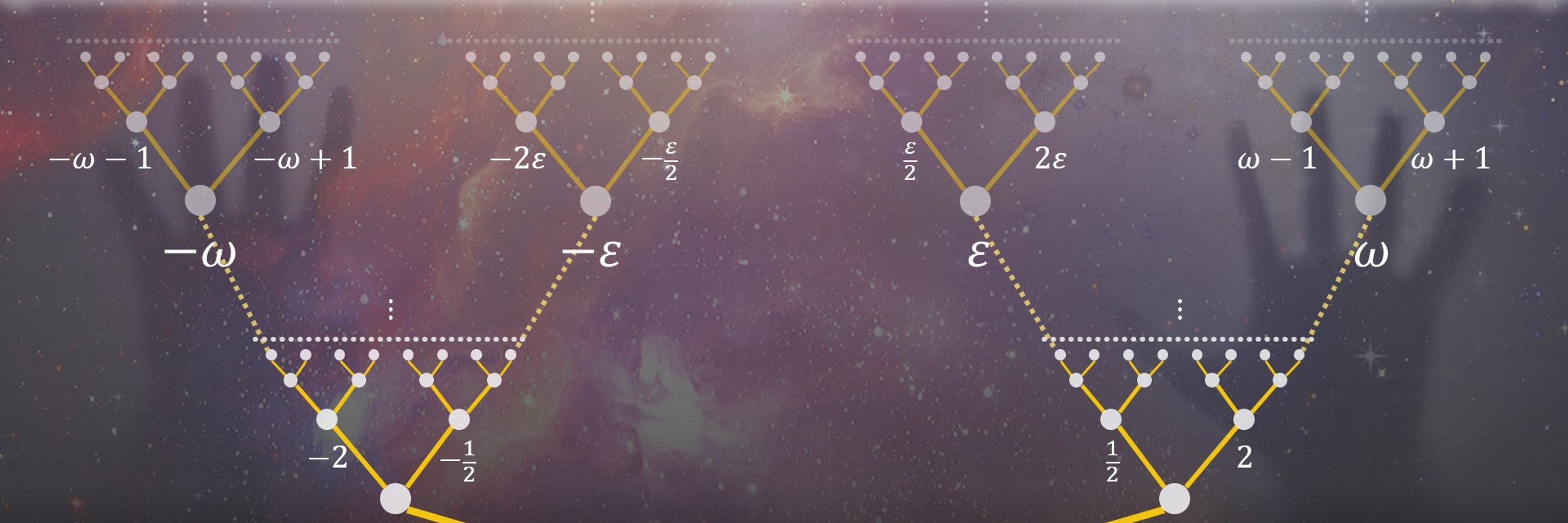
He/him. Pronounced SHILL-lit-toe.
Websites: https://www.solidangl.es, https://1dividedby0.com
But that would require you're comfortable a priori with the idea of adding two different-graded(?) objects together (scalars and bivectors).
But that would require you're comfortable a priori with the idea of adding two different-graded(?) objects together (scalars and bivectors).
What would motivate them if you didn't already know to try them?
I vaguely smell something about what should happen when vectors are parallel vs. perpendicular, but I'm having trouble making it precise.
What would motivate them if you didn't already know to try them?
I vaguely smell something about what should happen when vectors are parallel vs. perpendicular, but I'm having trouble making it precise.
* If i² = j² = 1 and ij = ji = 0, you get the dot product.
* If i² = j² = 0 and ij = –ji, you get the cross product if ij = k and the wedge product if ij is something new (a bivector).
* If i² = j² = 1 and ij = ji = 0, you get the dot product.
* If i² = j² = 0 and ij = –ji, you get the cross product if ij = k and the wedge product if ij is something new (a bivector).
If I have two vectors u = a i + b j and v = c i + d j, I would expect their product to "respect" distributivity:
uv = ac i² + ad ij + bc ji + bd j²
And if we stop here, if I understand right, this is the tensor product.
If I have two vectors u = a i + b j and v = c i + d j, I would expect their product to "respect" distributivity:
uv = ac i² + ad ij + bc ji + bd j²
And if we stop here, if I understand right, this is the tensor product.
en.wikipedia.org/wiki/Evolute
Apparently the evolute of a curve is the envelope of all its normals!
First thought: "Who cares?"
Second thought: "Well, SOMEBODY used to care... but why?"

en.wikipedia.org/wiki/Evolute
Apparently the evolute of a curve is the envelope of all its normals!
First thought: "Who cares?"
Second thought: "Well, SOMEBODY used to care... but why?"
One of the reasons I’m asking this question is I’m working on a calculus textbook, and trying to decide on how to sequence it and what to include or leave out.
One of the reasons I’m asking this question is I’m working on a calculus textbook, and trying to decide on how to sequence it and what to include or leave out.
What’s calculus like at UW? How jam packed is it? Do you per chance have syllabi or something to give an idea of what topics are covered?
What’s calculus like at UW? How jam packed is it? Do you per chance have syllabi or something to give an idea of what topics are covered?
I’m not convinced any of those speak to the utility of the normal *line*.
I’m not convinced any of those speak to the utility of the normal *line*.
> Beat final boss
> See these equations
> Have to beat final boss again
> Frantically scribble problems on paper
> Beat final boss again to finish writing
> Get calculator out
> It only holds 8 digits
> Work out answers by hand
> Enter password
> Incorrect password
> Repeat...
> Beat final boss
> See these equations
> Have to beat final boss again
> Frantically scribble problems on paper
> Beat final boss again to finish writing
> Get calculator out
> It only holds 8 digits
> Work out answers by hand
> Enter password
> Incorrect password
> Repeat...

